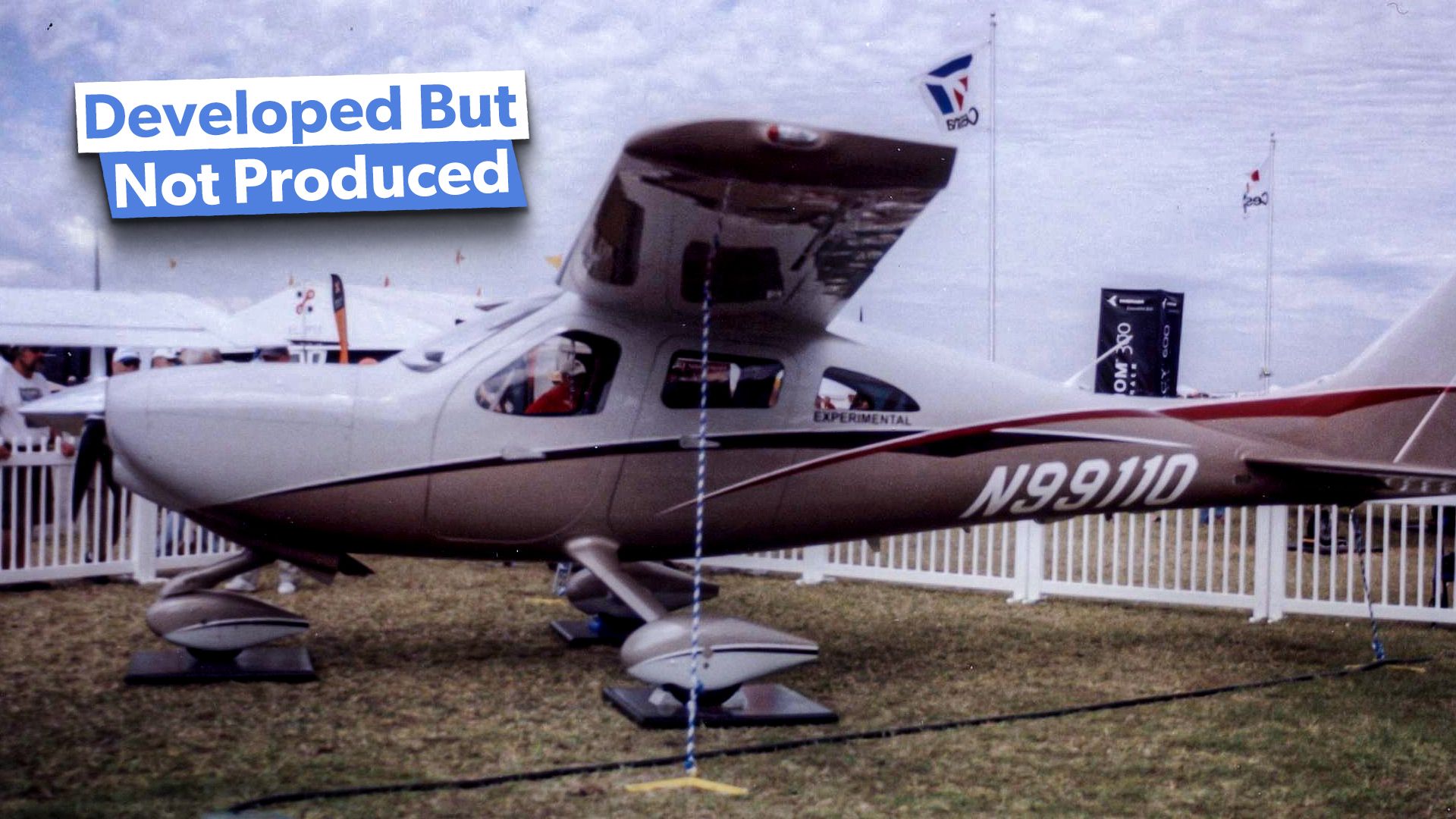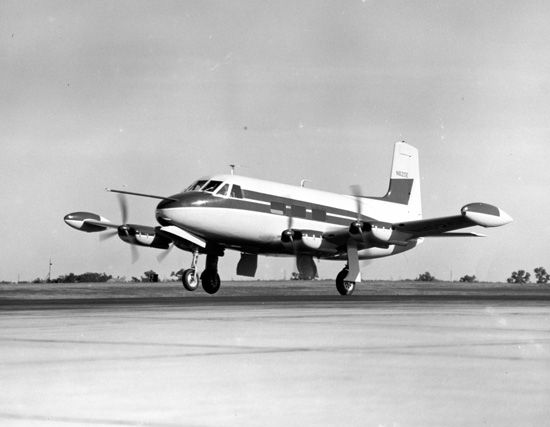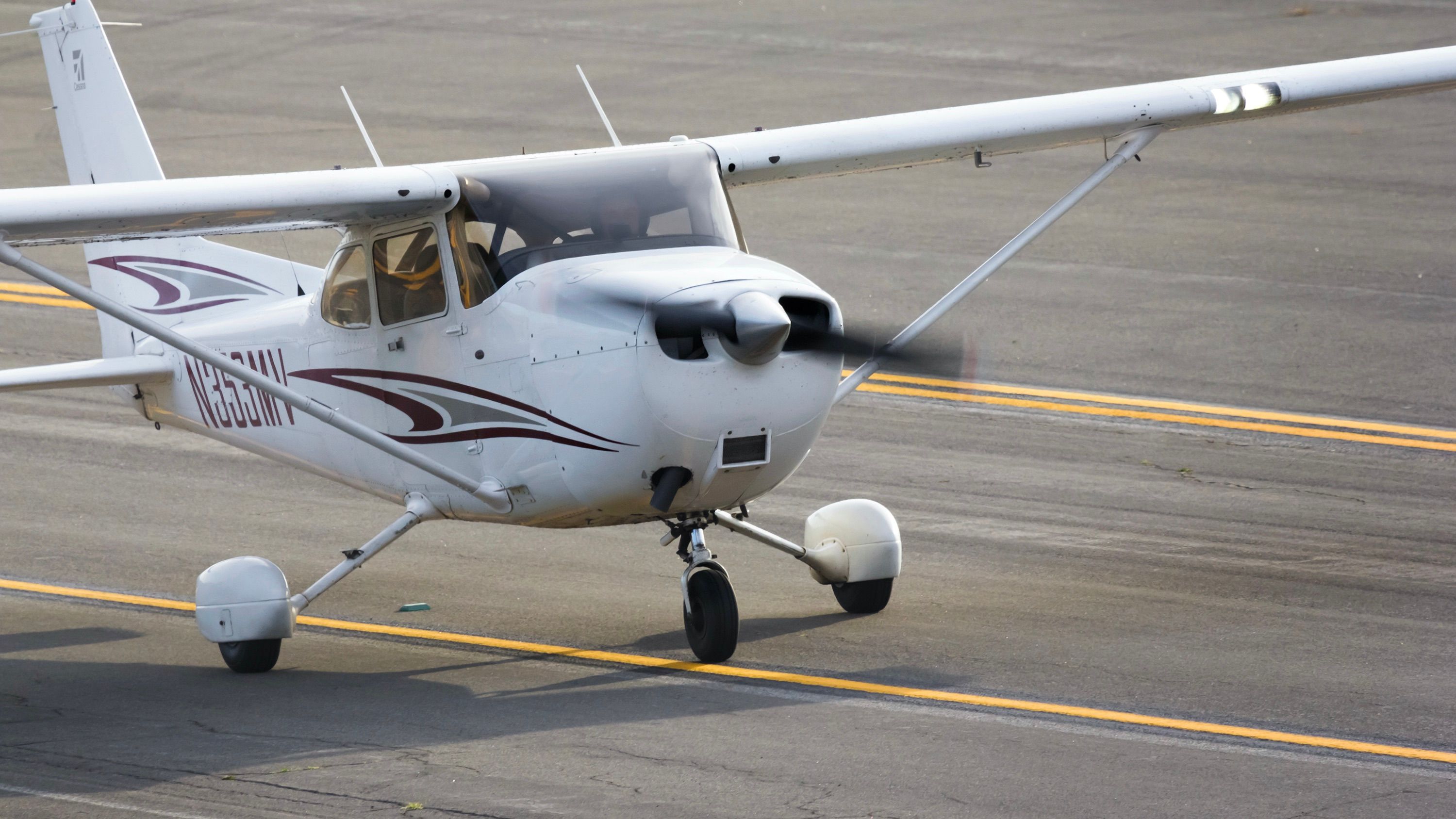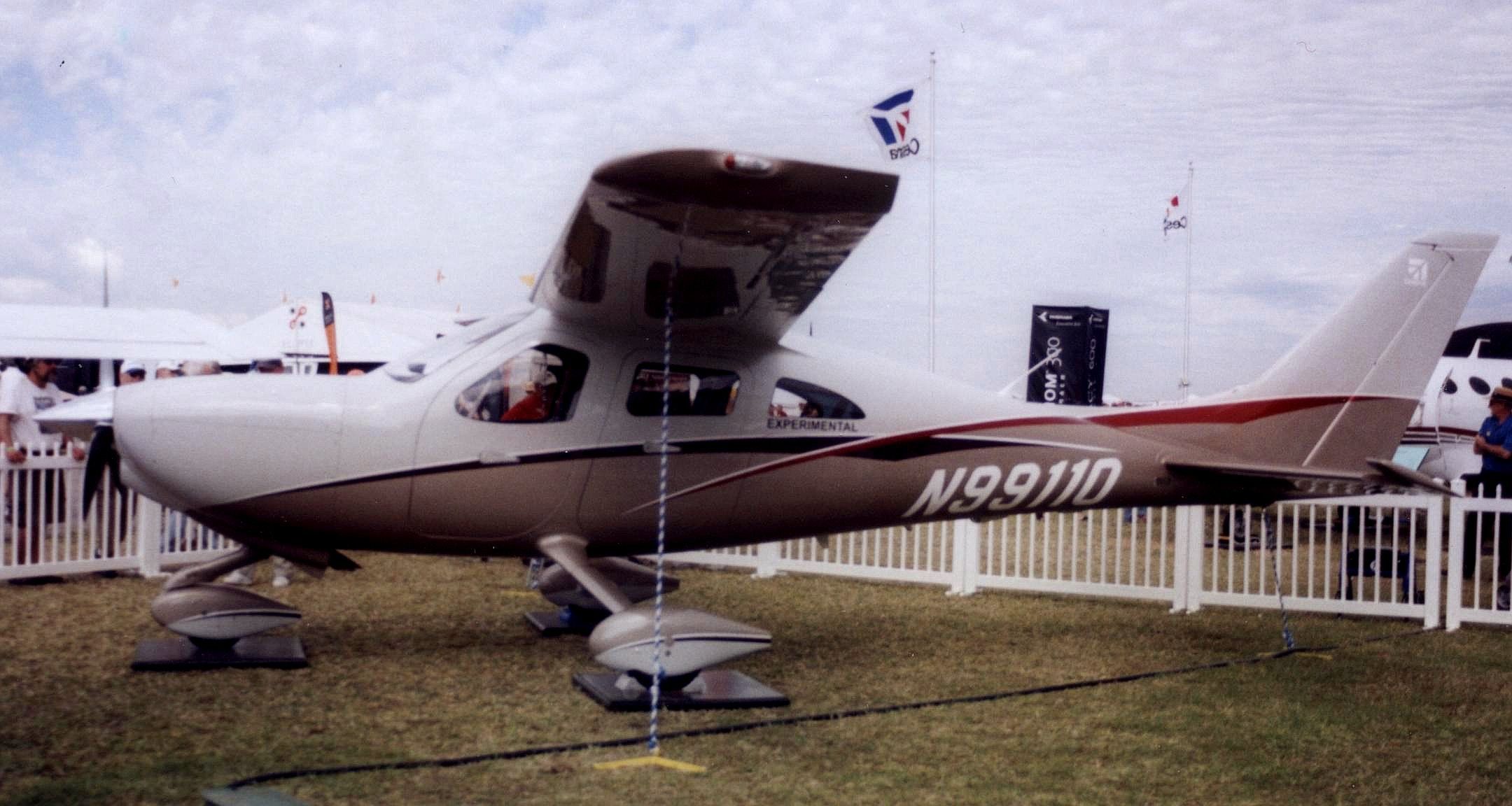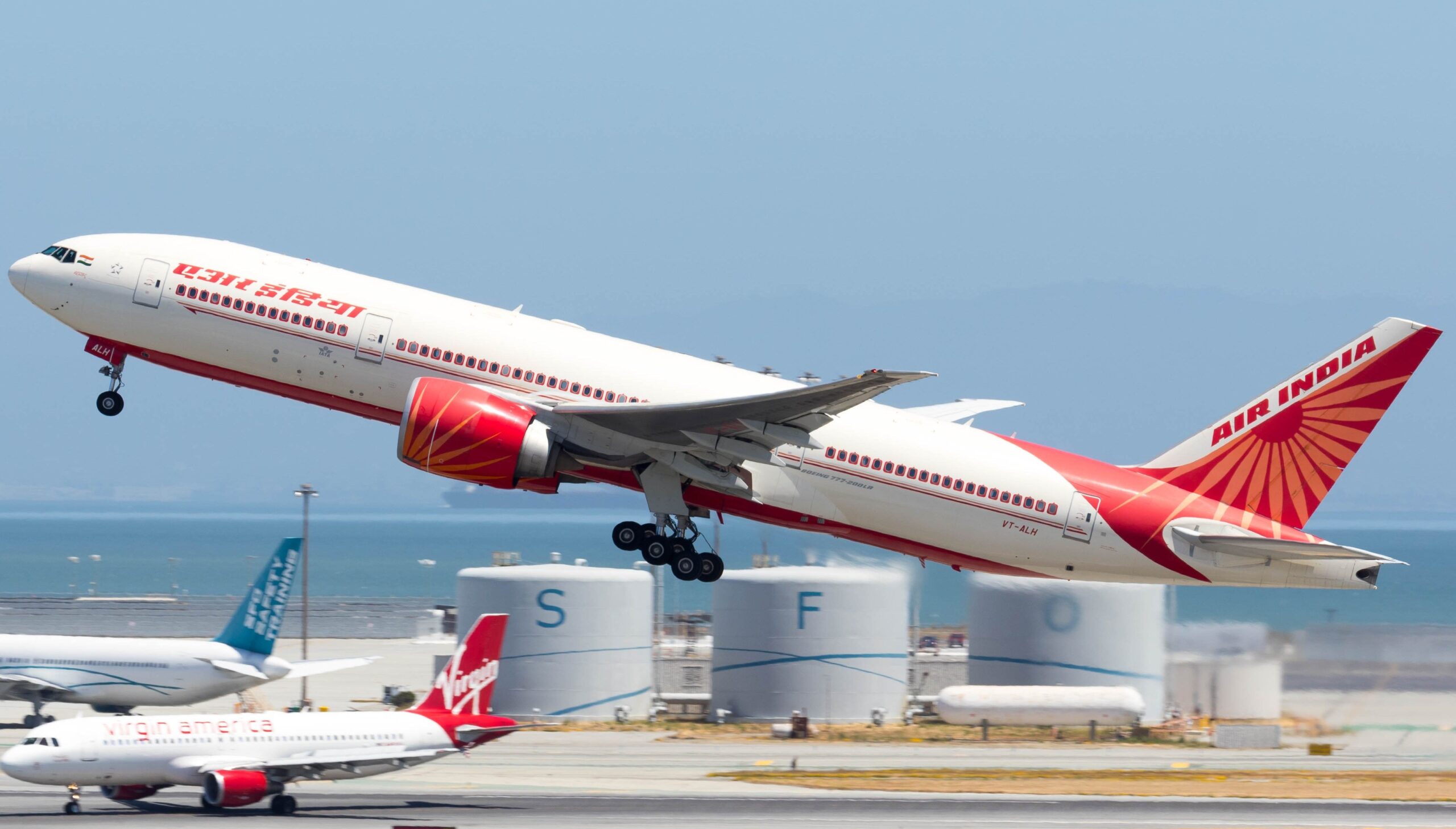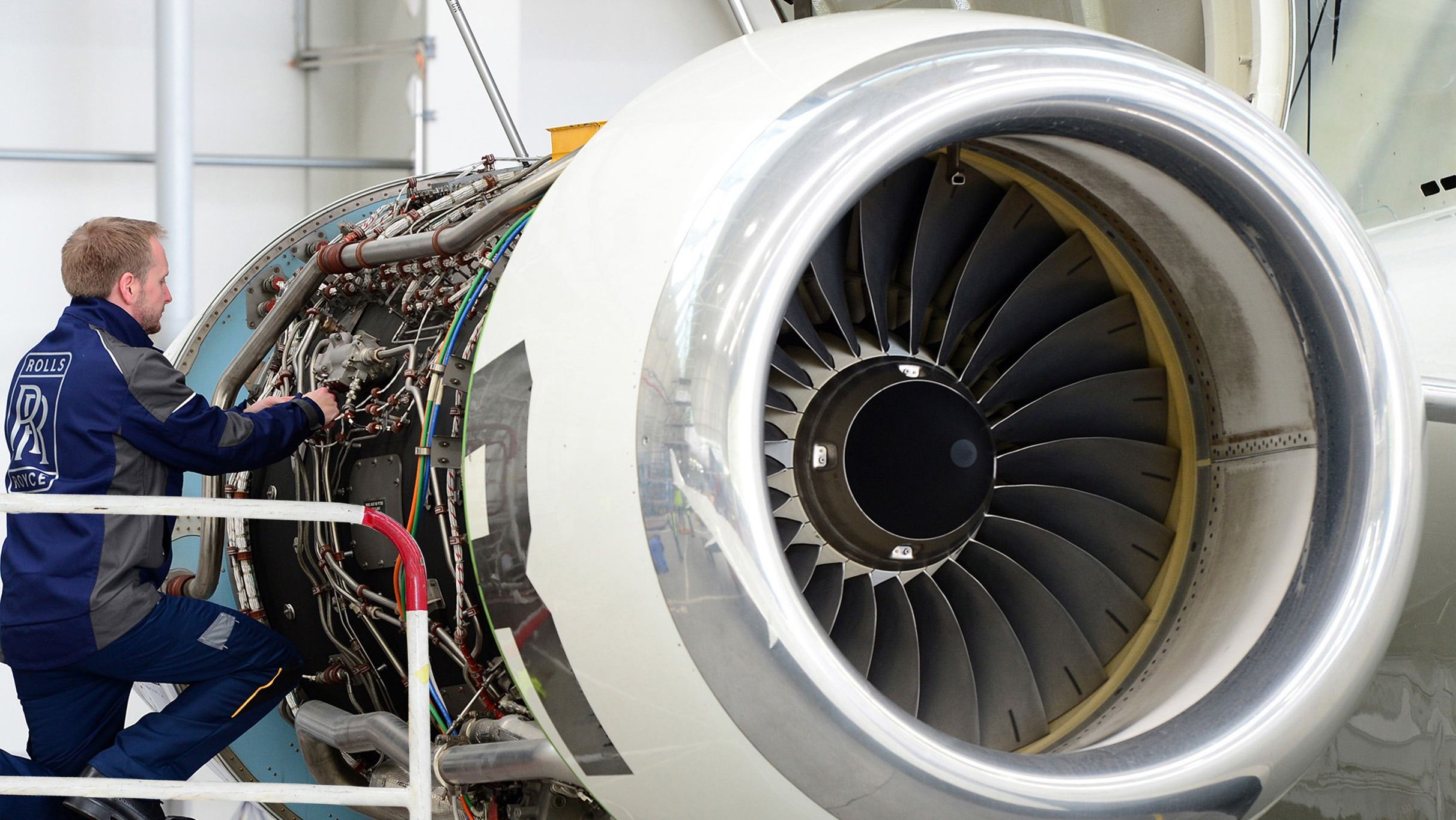Cessna is considered to be one of the “Big Three” of general aviation, along with Beechcraft and Piper Aircraft. The company was first founded in 1927 by Clyde Cessna. The young aviation entrepreneur designed several small single-engine aircraft in the late 1920s. However, his first official aircraft, the Cessna DC-6, was certified on the same day as the stock market crash of 1929. Because of this, Clyde eventually closed down Cessna Aircraft in the early 1930s.
Clyde’s two nephews, Dwane and Dwight Wallace, eventually started the company back up in 1934. The brothers bought the company from Clyde and began producing several different types of aircraft, many of which would be ordered by the US military during the war. The company also saw a heavy increase in sales during the general aviation boom after World War II, which solidified Cessna Aircraft as a major aircraft producer.
Over the years, Cessna Aircraft company has produced a wide variety of aircraft. This includes some single-engine trainer aircraft like the Cessna 172, which is the most produced civil aviation aircraft of all time. The company has also produced many turboprop-powered aircraft, like the currently produced Cessna Caravan and the Cessna SkyCourier. Cessna also produces a successful line of business jets, called the Citation family. This includes the Citation Excel, the Citation Latitude, and the Citation X.
However, over the years, Cessna Aircraft has attempted to develop several other aircraft that did not necessarily end up in full-time production. Let’s take a closer look at some of the aircraft that Cessna designed but did not enter into service.
1
Cessna C-106 Loadmaster
Year conceptualized: 1943
As World War II was happening, Cessna Aircraft was still attempting to make a name for itself in the aircraft manufacturing business. Because of this, the company designed a light transport aircraft, later designated the Cessna C-106 Loadmaster, that it envisioned would be used by the United States military during the war. The company was correct, as it eventually received an order for 500 variants of the aircraft.
However, shortly after the company built its first two prototypes, a plywood shortage hit the US. This caused the eventual cancelation of the order, as Cessna was unable to procure enough material to consistently build the aircraft. Only two C-106 Loadmasters were built.
This aircraft was powered by two Pratt & Whitney R-1340 engines, which provided the aircraft with a total of 1,200 horsepower. These engines helped the aircraft reach the following performance specifications:
|
Maximum capacity |
Four crew members |
|---|---|
|
Length |
51 feet one inch |
|
Wingspan |
64 feet eight inches |
|
Gross weight |
14,800 pounds |
|
Maximum speed |
169 knots (195 miles per hour) |
2
Cessna 620
Year conceptualized: 1956
In the 1950s, as Cessna was producing many types of aircraft, the company decided to venture into producing larger aircraft. The result of this decision was the initial development of an aircraft called the Cessna Model 620.
The Cessna 620 was a large aircraft focused on executive transport, as it was equipped with a cabin that fit 10 seats, came with air conditioning, and was pressurized. It was powered by four Continental GSO-526 piston engines, which provided the aircraft with a total of 1,400 horsepower. This helped the aircraft achieve the following performance specifications:
|
Maximum capacity |
Ten passengers |
|---|---|
|
Maximum takeoff weight (MTOW) |
13,500 pounds |
|
Maximum speed |
245 knots (282 miles per hour) |
|
Service ceiling |
27,500 feet |
The only prototype of this aircraft, registered as N620E, flew in August 1956. However, as the aircraft was going through flight tests, Cessna executives determined that the market was changing. The company saw turboprop aircraft and even jet-powered aircraft transforming the private aviation industry, rendering large piston-powered aircraft useless. The project was officially canceled in October 1957.
3
Cessna 160
Year conceptualized: 1962
After World War II concluded, the world began to experience an uptick in general aviation, which was later designated the general aviation boom. Cessna Aircraft became well-known during this time, especially as the company released several popular aircraft models in the 1950s, including the following models:
- Cessna 172 Skyhawk
- Cessna 175 Skylark
- Cessna 190 Skywagon
- Cessna 182 Skylane
- Cessna 210 Centurion
Cessna attempted to expand on its success of single-engine high-wing aircraft by improving several variants. One of these attempted designs was known as the Cessna 160. This was intended to be a cheaper variant of the Cessna 172, which included non-tapering wings, cheaper wing and fuselage skins, and a smaller and less powerful engine.
Photo: Lithium366 | Shutterstock
However, after initial flight tests of the prototype, registered as N5419E, the engineering team came to the conclusion that it was not cost-effective to proceed to production, which later led to the project being abandoned.
4
Cessna NGP
Year conceptualized: 2006
Cessna has been producing several lines of single-engine high-wing aircraft since the 1950s. Throughout the years, the company has introduced several upgraded variants and improvements. However, there has not been an introduction of a new aircraft for many years.
In the early 2000s, Cessna unveiled what it called the Cessna Next Generation Propeller (NGP) at the annual EAA AirVenture Oshkosh in 2006. This prototype was intended to be a proof-of-concept for future variants of piston aircraft, and Cessna even mentioned that it would eventually look to replace the Cessna 172 and the Cessna 182. The sleek look of the aircraft intended that it would also compete directly with the Cirrus SR22, giving it the nickname the “Cirrus Killer”.
However, Cessna purchased Columbia Aircraft in November 2007, taking over the production of the Cessna 350 and the Cessna 400. These two aircraft would overlap with the intended market of the Cessna NGP. This led to the decline of the project, which coincided with economic issues for Cessna in the late 2000s. By 2011, the project was removed from the Federal Aviation Administration (FAA) registry and was no longer mentioned by Cessna.

